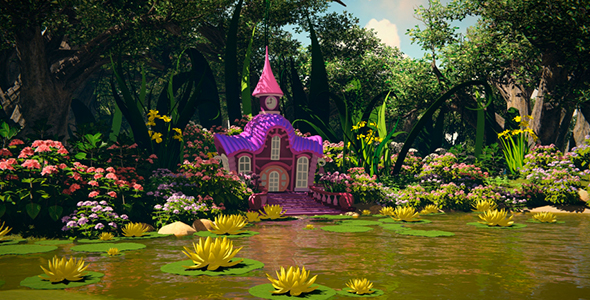


In lower doses (up to 30 mg), 4-AcO-DMT and magic mushrooms are virtually indistinguishable. This makes 4-AcO-DMT a prodrug of the naturally occurring psychedelic, psilocin. The active ingredient isn’t the 4-AcO-DMT itself - but its primary metabolite, psilocin. In general, 4-AcO-DMT mimics the effects of psilocybin mushrooms. Illegal in most countries, legal in Canada Synthetic Shrooms, Psilacetin, 4-acetoxy-DMT, or 4-AcO-DMT 4-AcO-DMT: Specs & Technical Details Chemical Name Most of the information currently available comes to us from animal studies and anecdotal reports.ĭespite how poorly this drug has been studied, 4-AcO-DMT is one of the most popular synthetic psychedelics, falling behind LSD and ketamine but higher than 2C-B, Dipt, or other drugs in the 2C-X family.Ĥ-AcO-DMT is a whitish brown powder in its raw form, most often sold in capsules or tablets. Unfortunately, there has yet to be a single clinical study on the effects of 4-AcO-DMT. Nichols favored it for its reliability of effects, cost-effectiveness, and sheer potency.

He aimed to motivate researchers to take a closer look at this compound so it could eventually make its way into the medical system. Nichols began campaigning for the use of the substance in psychedelic-assisted psychotherapy. Sandoz was giving Leary large quantities of LSD for the sake of studying it in search of potential lucrative applications in the field of psychotherapy.Ĥ-AcO-DMT was shelved for several decades until the late 90s when a man by the name of David E. This all took place just shortly after the Harvard Psilocybin project - which was run by Timothy Leary and Richard Alpert. They simply didn’t know what to do with this or any of Hofmann’s psychoactive substances (including LSD and psilocybin). The company the team was working for - Sandoz - filed for a patent in January of 1963 but never got a chance to exploit it for any profit. Both psilocybin and 4-AcO-DMT are converted to psilocin by the liver, which then provides the psychoactive effects.Īs such, the effects of 4-AcO-DMT are virtually identical to that of psilocybin or psilocin. It was invented in the early 60s as part of the duo’s exploration of the active ingredients in psychedelic mushrooms.Ĥ-AcO-DMT is a derivative of psilocin - which is the main pharmacological component of magic mushrooms. It was invented by Albert Hofmann - the same person who invented LSD (lysergic acid diethylamide) - and his colleague Franz Troxler. What is 4-AcO-DMT?Ĥ-AcO-DMT stands for 4-Acetoxy-DMT. Here’s everything you should know about 4-AcO-DMT. The patents for this tried and tested compound expired decades ago - threatening the work companies like Compass Pathways are doing to monopolize the synthetic psilocybin market over the next 20 years. The experience is virtually indistinguishable from the effects of magic mushrooms, aside from a few subtle subjective differences. 4-AcO-DMT - AKA synthetic shrooms - is a prodrug of a psychoactive ingredient in magic mushrooms (psilocin).


 0 kommentar(er)
0 kommentar(er)
